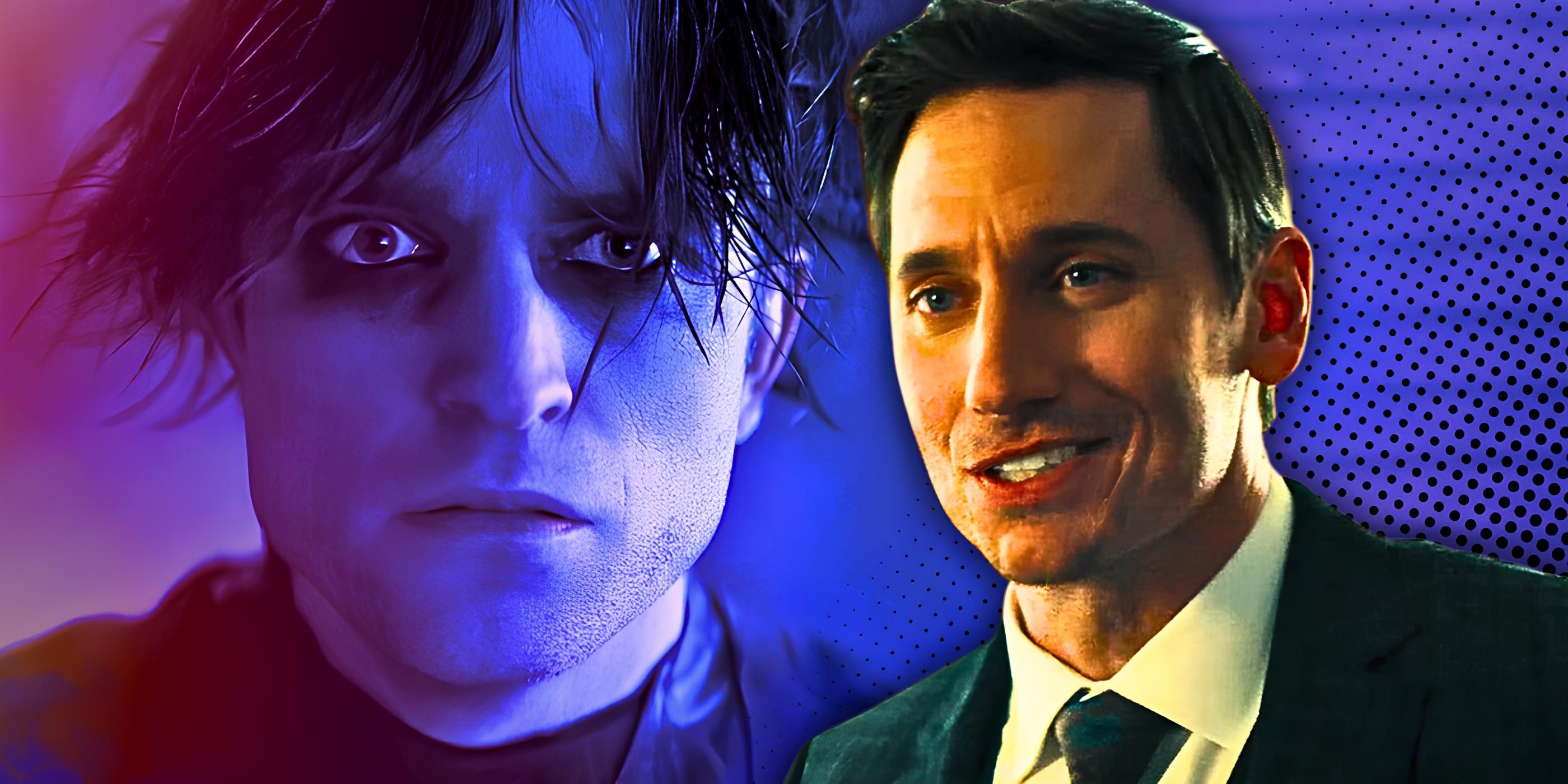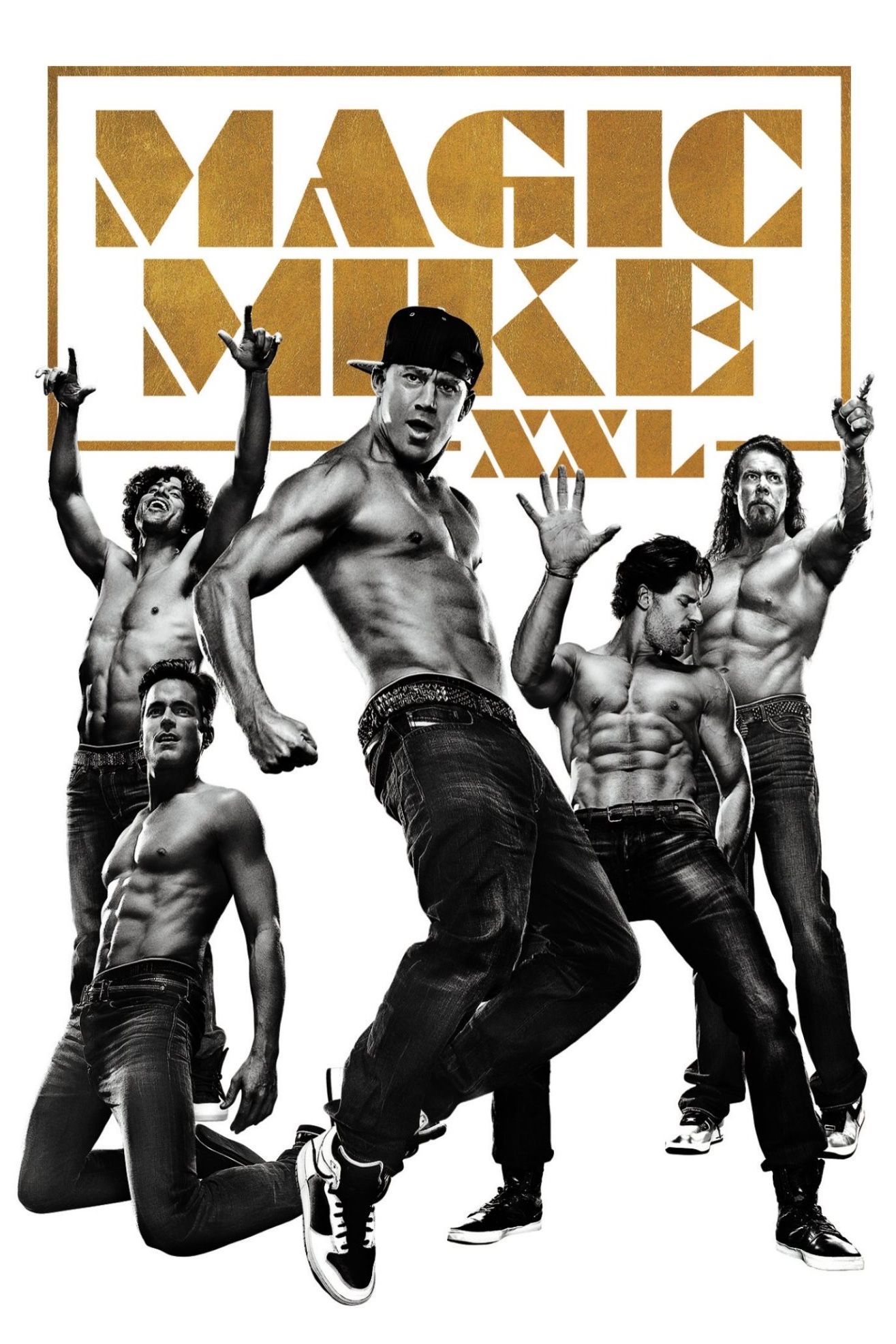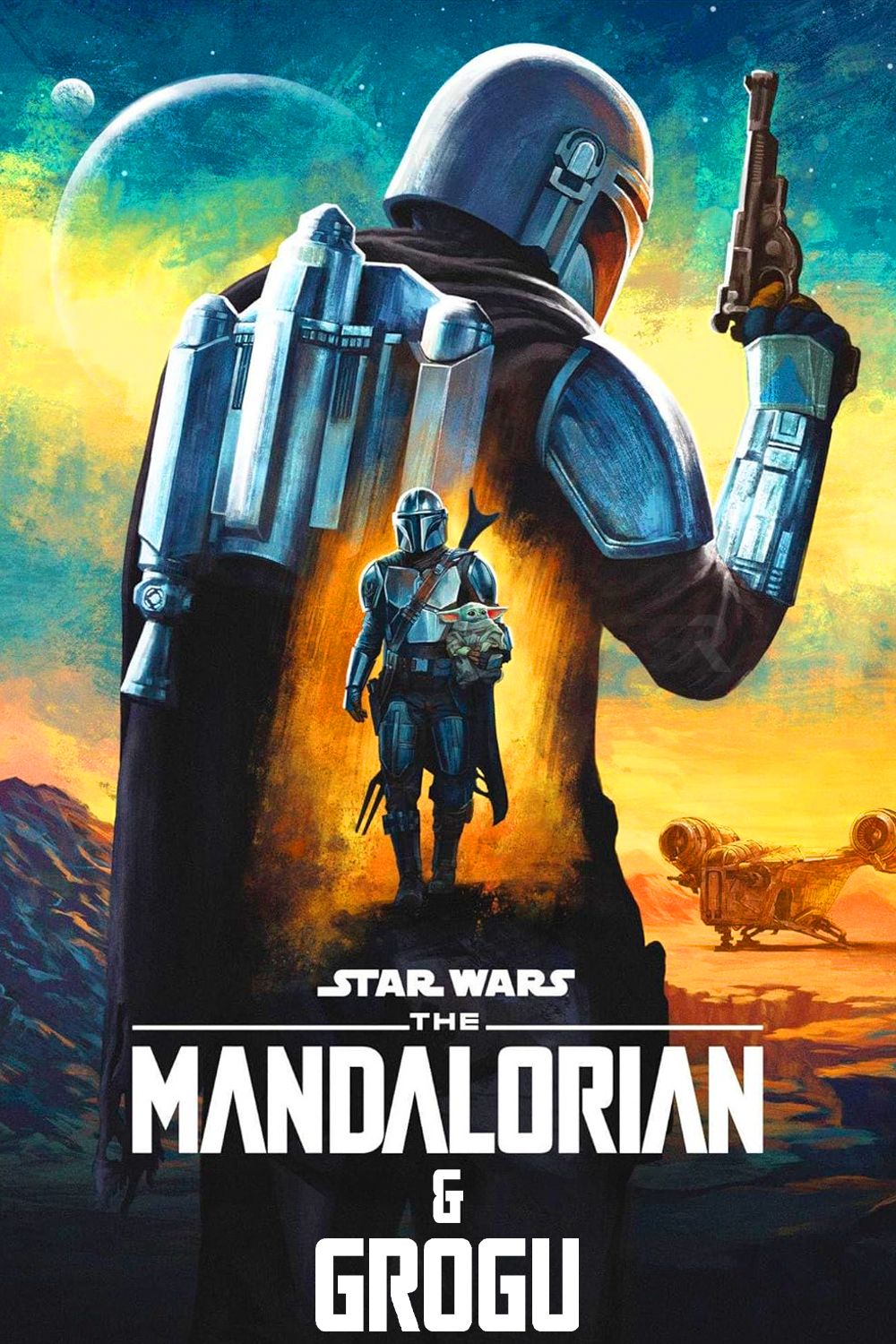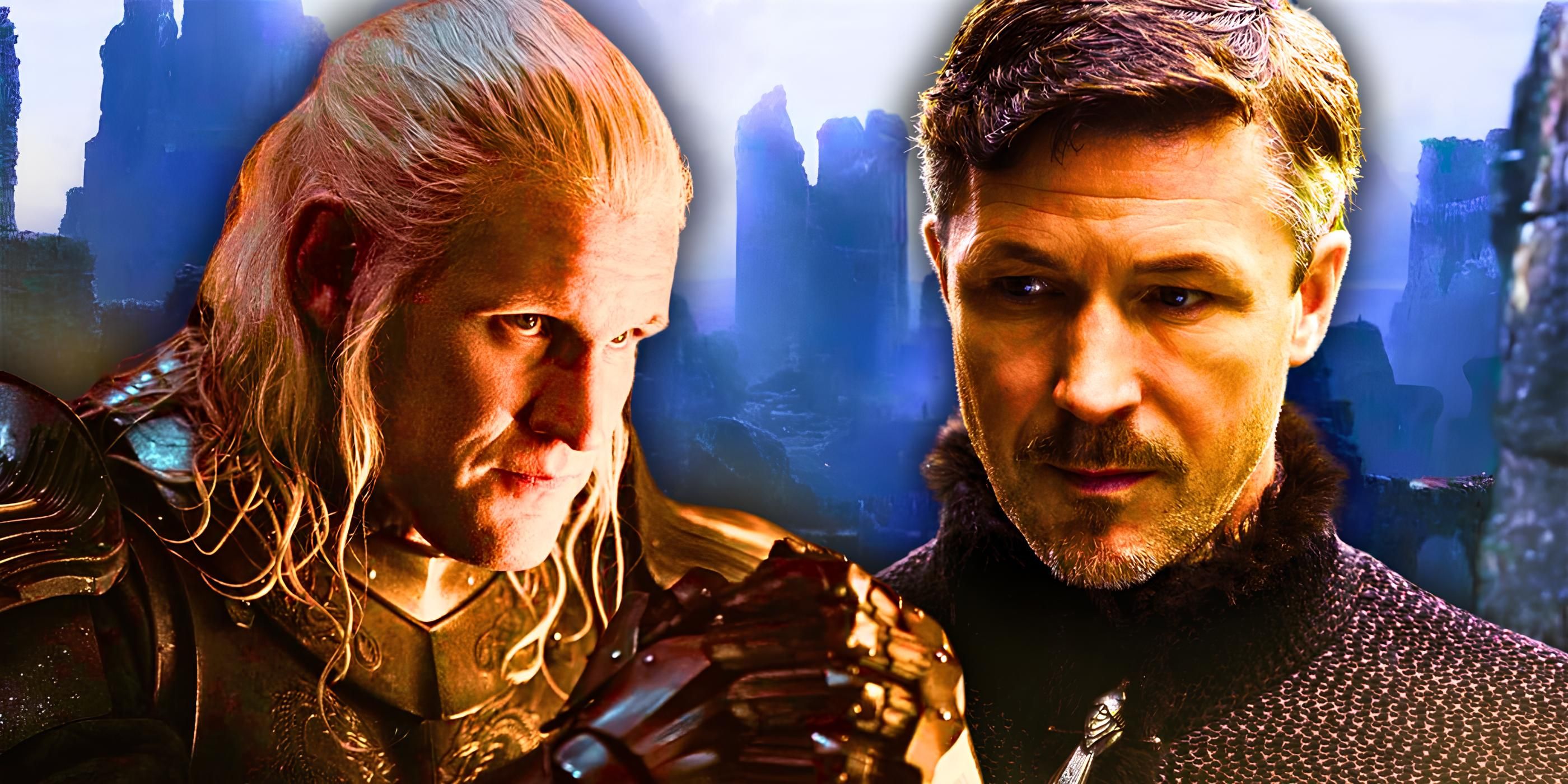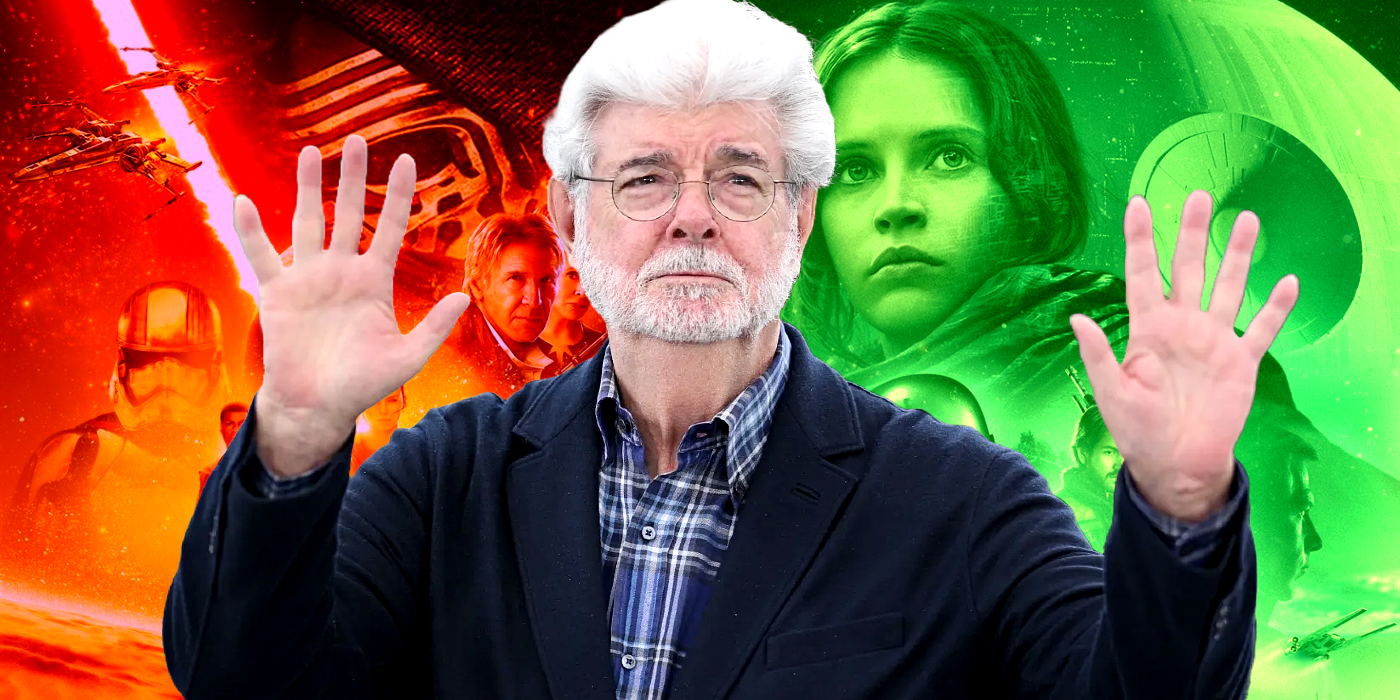Upon its release in 1982, Blade Runner quickly came and went in theaters with disappointing box office returns. However, the adaptation of Philip K Dick’s novel Do Androids Dream of Electric Sheep amassed a cult following of fans who appreciated the gorgeous visuals and enigmatic narrative.
Only in 2007 was directly Ridley Scott finally able to showcase his ultimate vision for the film with Blade Runner: The Final Cut. This version is free from any of the studio meddling which hampered the theatrical version’s quality. Numerous subtle changes made their way into this version, but the ten adjustments listed below are what really make Scott’s Final Cut shine.
The Ending
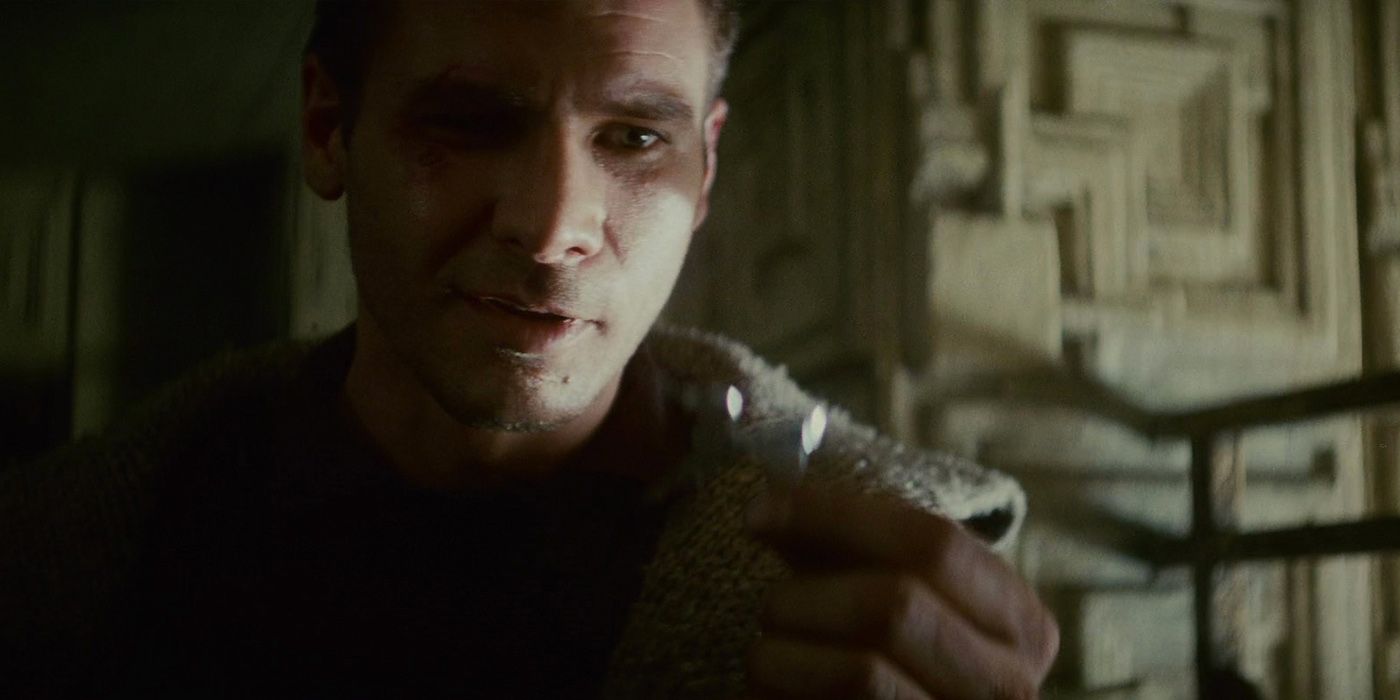
The original’s sappy ending hardly fits in with the rest of the film’s tone and barely makes sense. The Final Cut leaves things off more ambiguously, with the elevator doors closing as Deckard contemplates Rachael’s limited time left before termination. Blade Runner 2049 quickly establishes this conclusion as the canon ending. There’s nothing wrong with happy conclusions, but the new one leaves more for the viewer to ponder.
Improved Visuals And Sounds
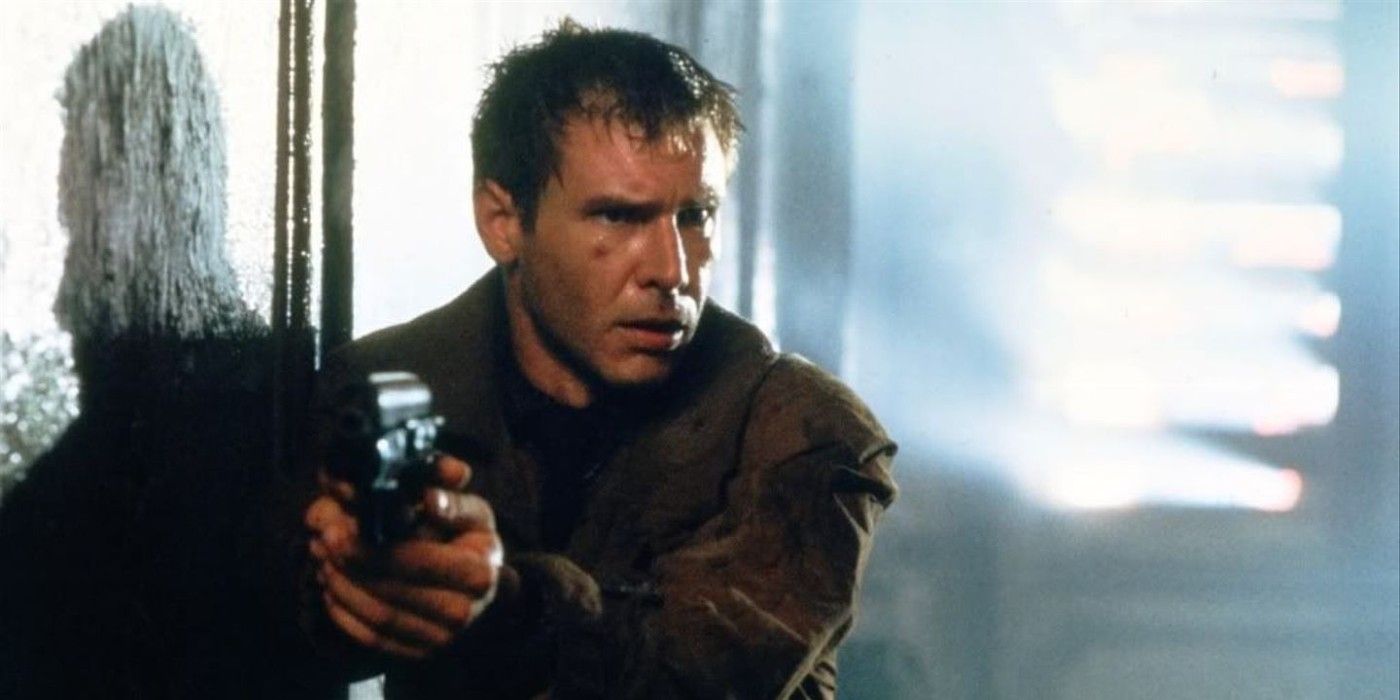
In addition to re-editing the film and adding in scenes, Ridley Scott also took this opportunity to brush up some of the visual effects and improve the sound quality. The movie is beautiful in its original incarnation, but shows its age in some places. Like Richard Donner’s cut of Superman 2, the new special effects blend in perfectly and never feel out of place with the older look.
Searching For Clues
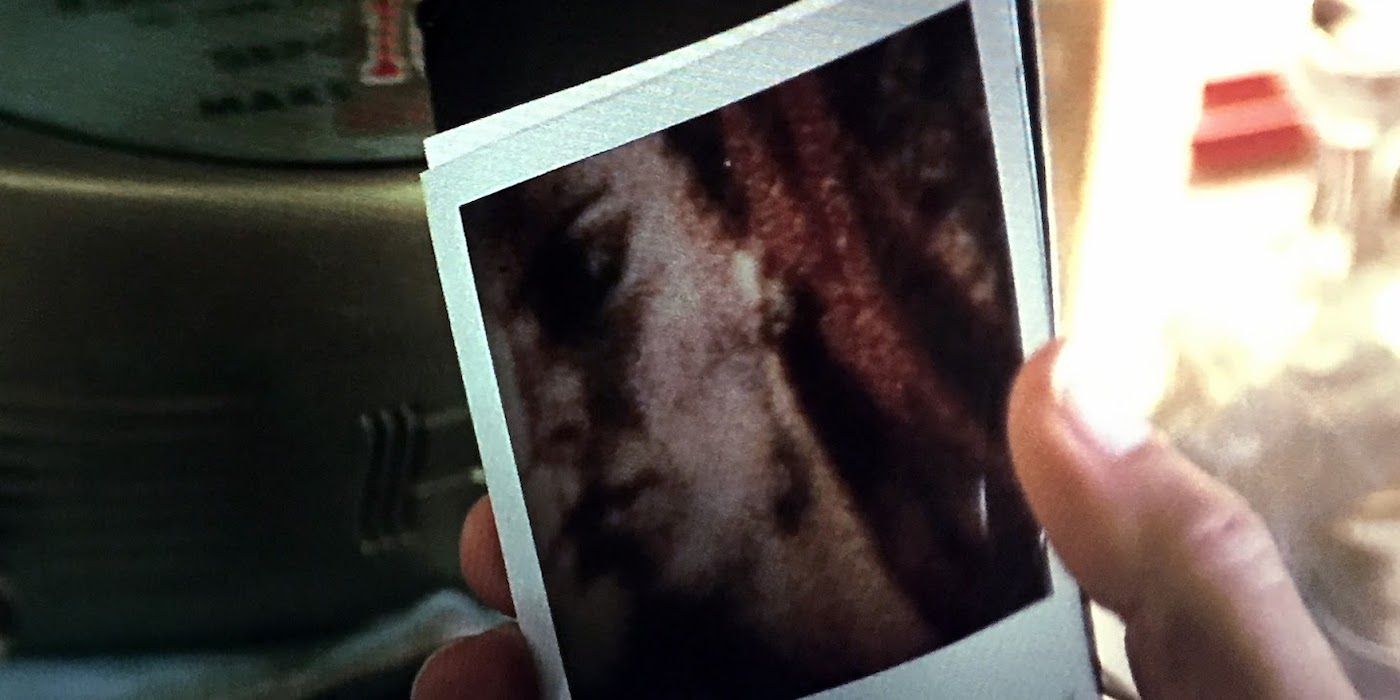
One scene has Deckard analyzing a photograph for evidence. He zooms in to a mirror to see the reflection of a woman with a tattoo to find the location of a replicant. For the re-release the image in the photograph is cleaned up significantly to better see the actress and the tattoo on her cheek. The colors in the photo are also changed, with the Final Cut having a blueish tint.
Color Differences
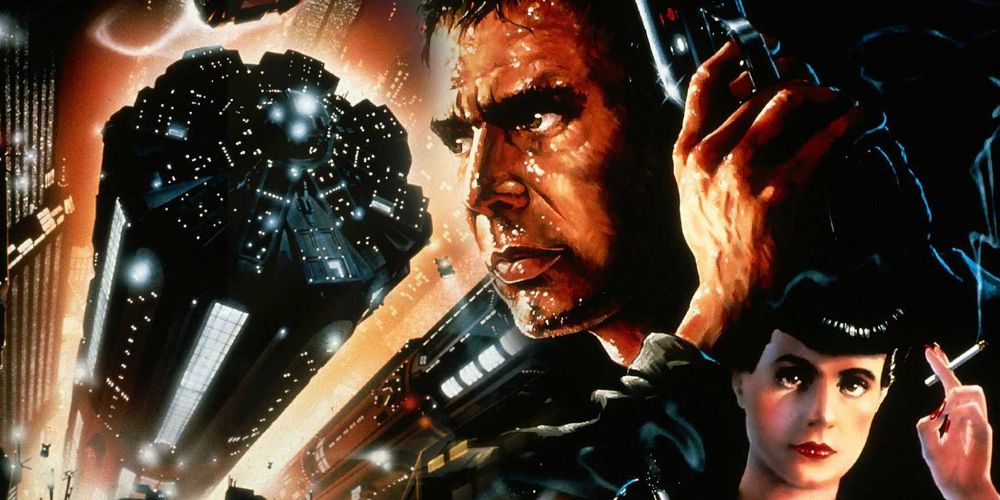
Regardless of which version one watches, Blade Runner is always visually stunning. However, even this was changed between cuts. The first use of the test in the intro, for example, is significantly greener than the theatrical release’s blue tint. Additionally, a background in a scene with Roy Batty on the street gets a major change. Neither color scheme is objectively better or worse, and is ultimately up to the viewer’s preference.
Pris Attacking Deckard
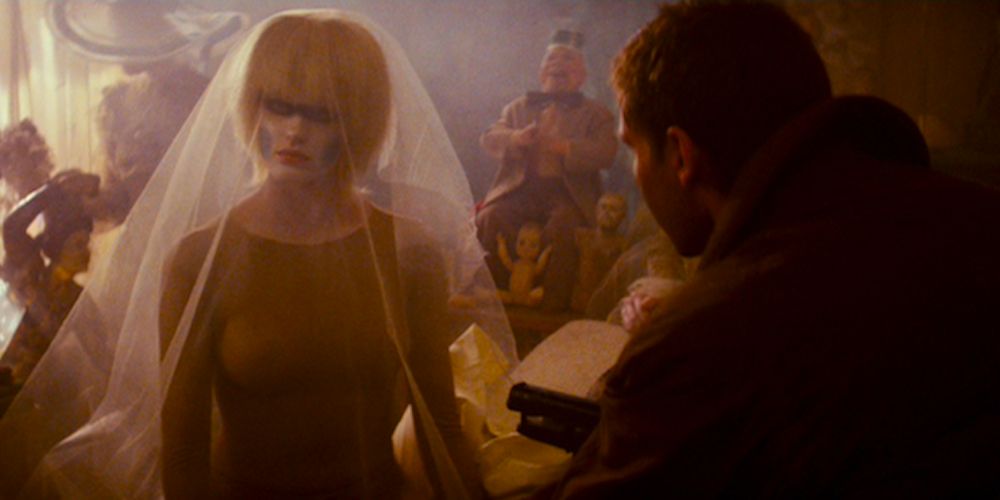
Near the end of the movie Deckard has a confrontation with Pris, played by Daryl Hannah. She jumps on him, squeezes his neck with her legs, and proceeds to slap his ears.
In the original release she slaps him twice, while in Final Cut she puts her fingers into his nostrils instead of a second slap. The latter move is uncomfortable for everyone involved, and hardly seems effective in combat.
Unicorn Scene
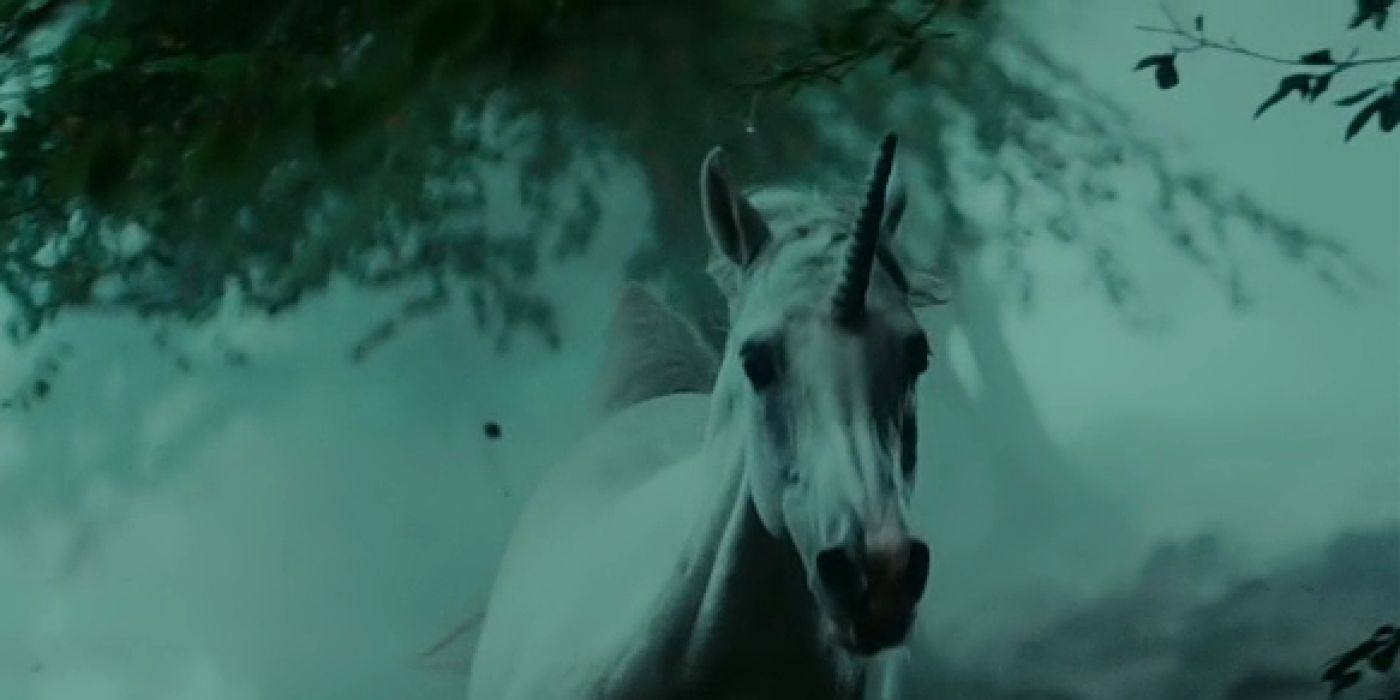
Unicorns have thematic significance in the story. This is probably why most references to the mythical creature are gone from the theatrical release. These are fully restored in the Final Cut. While they perhaps are not coherent at first, the scenes have several implications regarding Deckard’s origins and his memories. The fact that Gaff, played by Edward James Olmos, knows about the unicorn hints at the main character being a replicant.
Violence And Gore
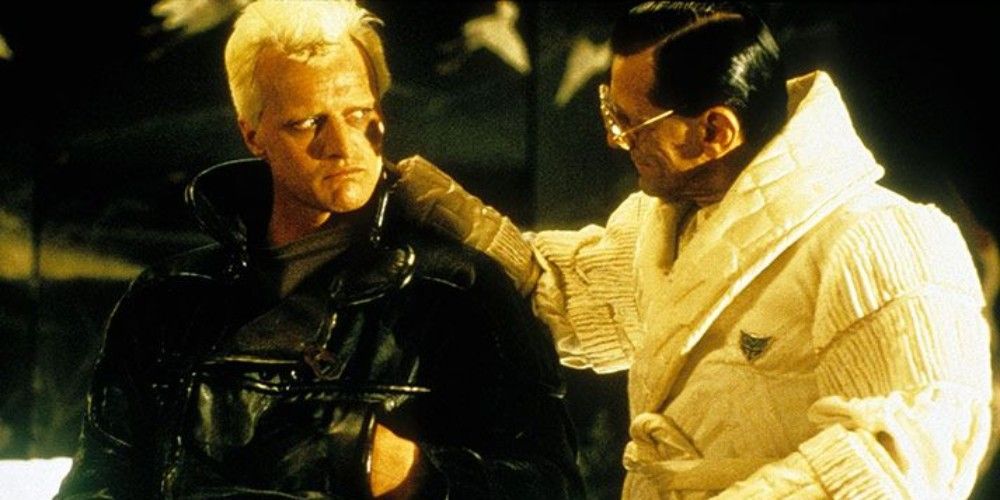
Despite releasing into theaters with an R rating, numerous instances or violence and gore were removed from the original U.S. release. These were all put back into Ridley Scott’s edit. Two key moments include the assassination of Eldon Tyrell by Roy Batty, which shows blood seeping from the victim’s eyes, and Roy Batty sticking a nail through his hand while chasing Deckard. Considering Ridley Scott also directed Alien, it is not surprising to see such violence in this movie.
Zhora’s Death Scene
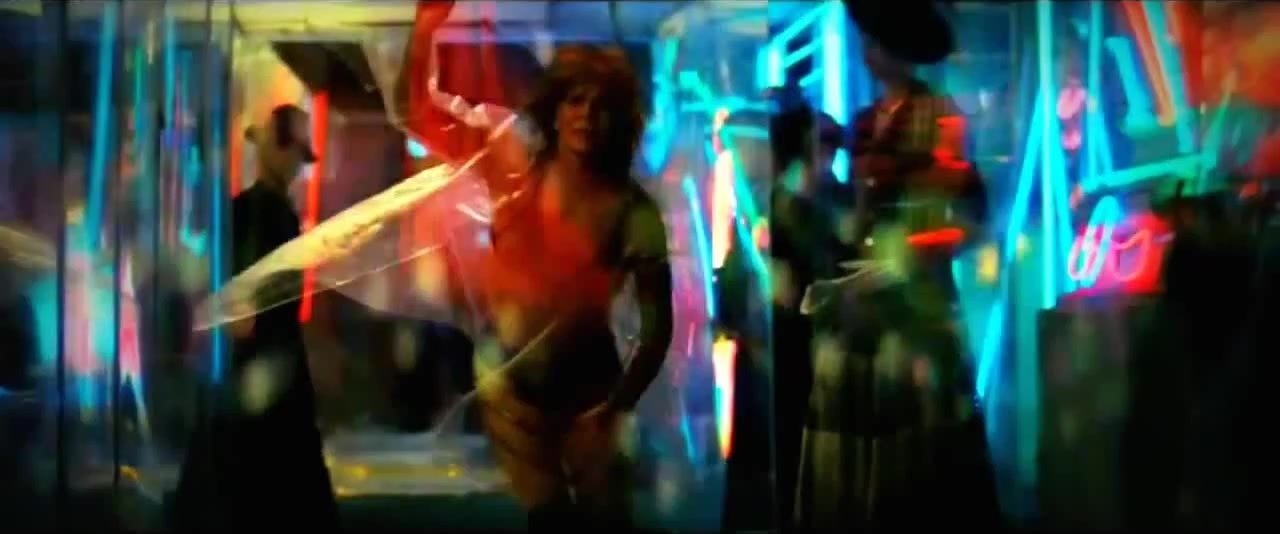
In the original scene showcasing Zhora’s tragic death while running away from Deckard, the stuntwoman is painfully obvious. Even the wig does not match. When bringing the film back to theaters and home video for the Final Cut, they digitally put Joanna Cassidy’s face into the scene. This actually required a new day of filming the actress in front of a green screen. The effect is perfect in the finished product.
The Dove Flying Away
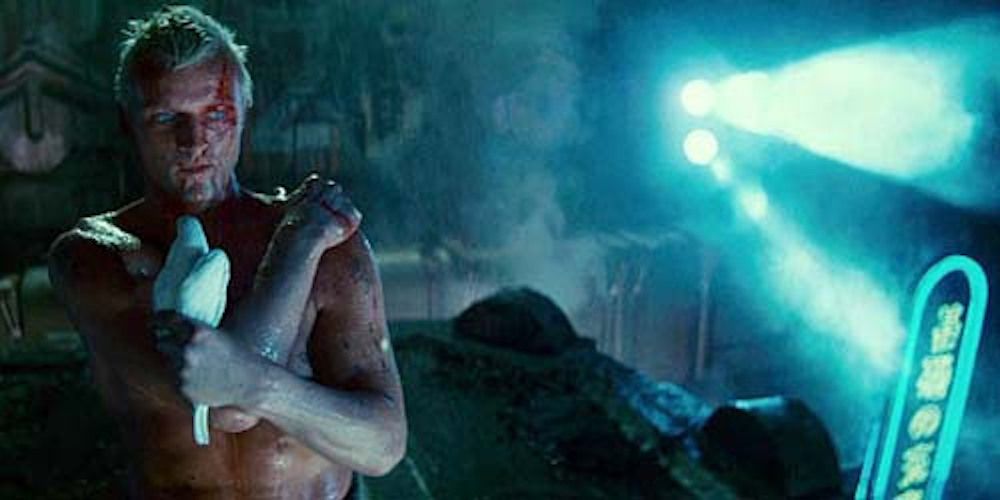
Roy Batty’s life ends after giving one of the most memorable monologues in the history of cinema and letting a dove fly into the sky. The shot of the bird ascending in the original version looks like it come out of modern day Los Angeles, and not the dystopian cyberpunk future. This was remedied by Scott and the shot fits in with the rest of the scene.
Narration
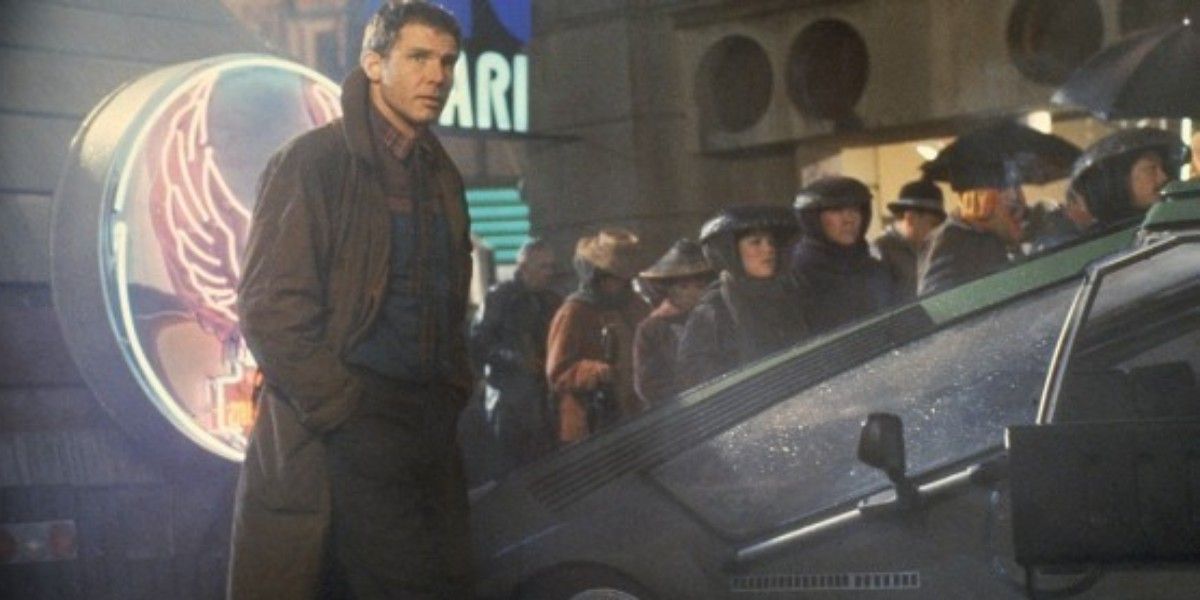
One of the worst things about the original release is Harrison Ford’s narration. Not only does it distract from the scenes, but Ford sounds like he’s struggling to keep his eyes open while reading. The definitive version completely removes this, forcing viewers to more closely observe and think about the action on screen and draw their own conclusions from the plot. Narration is not a bad storytelling device, but it does not work in this film.
